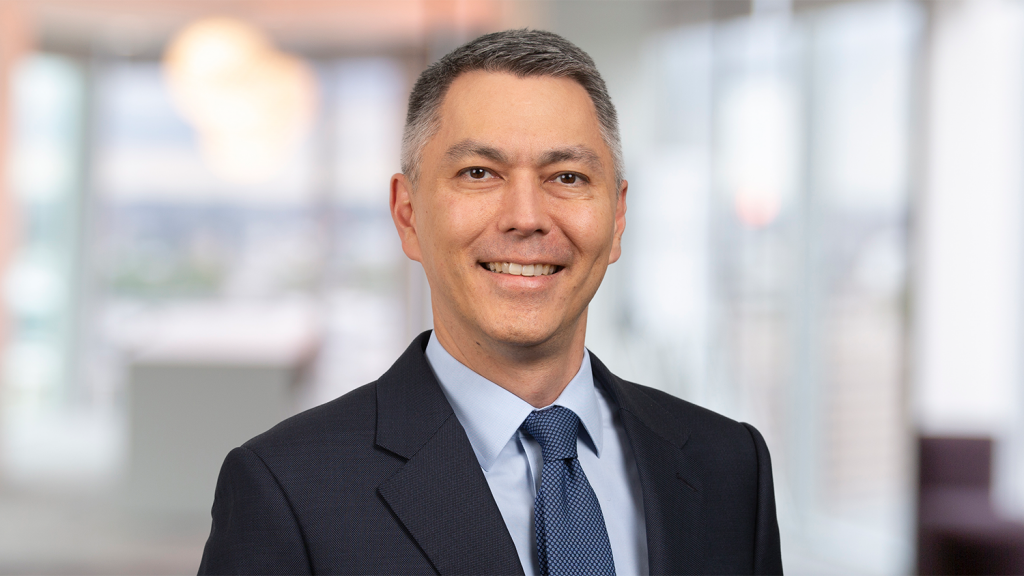BHP’s Henry signals new technology a focus in first speech

Incoming BHP Group Chief Executive Mike Henry said the world’s biggest miner is prioritising new developments in technology to cut costs and improve safety, including collaborations with tech start-ups and researchers.
Henry, who will take the reins at BHP from Jan. 1, kept a prior commitment to speak at a mining technology conference in Perth on Wednesday, signalling that the area is likely to be a major focus of his tenure.
BHP began using autonomous trucks to carry iron ore at its Jimblebar operations in 2014 and converted its entire fleet at the mine over the next three years
“Whether it’s automated haulage, robotics, drones, big data or artificial intelligence – we are changing the way we work,” he said.
“Technology has helped to make us safer, more predictable and more focused than ever before. However, the potential is so much greater.”
BHP began using autonomous trucks to carry iron ore at its Jimblebar operations in 2014 and converted its entire fleet at the mine over the next three years. It said in June that it was considering rolling them out at its other iron ore and coal operations in Australia.
Miners have been spearheading a move into self-driving vehicles and autonomous drill equipment, looking to boost safety and efficiency.
Remotely controlling far flung mines and equipment from cities such as Perth has also allowed them to better compete with other industries to attract staff in roles such as data science.
In a recent collaboration with Woodside Petroleum and Australia’s Deakin University, BHP borrowed robotics to fix a valve under pressure at one of its nickel mines that otherwise presented a safety issue, Henry said.
Underlining the rapid development of new technology, he said a BHP team had built an Internet of Things sensor gateway, which collects real time data from sensors on mobile equipment such as trucks and vehicles, and fixed equipment like drills and conveyors.
“A different team then built a tool to exploit the rich data that comes from this gateway, to make maintenance safer and more efficient,” Henry said.
The time from concept to prototype was 16 weeks.
“This is the type of agility resource companies will need to be competitive in the future.”
(By Melanie Burton; Editing by Richard Pullin)
More News
{{ commodity.name }}
{{ post.title }}
{{ post.date }}



Comments